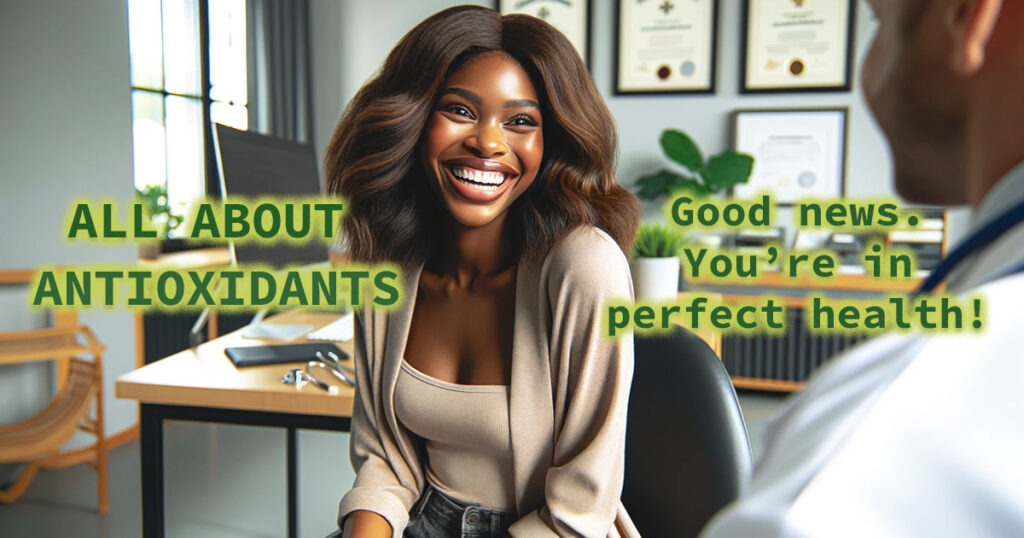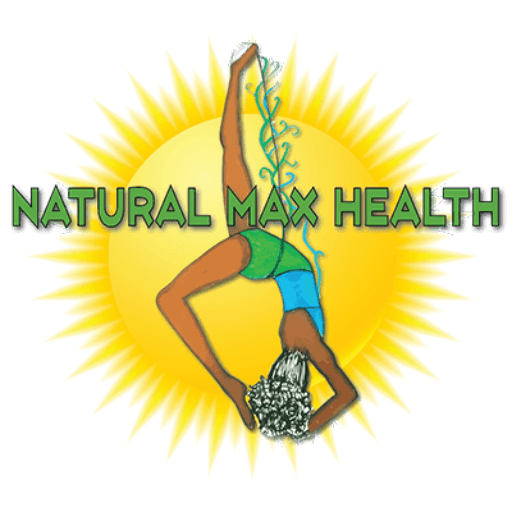Boosting Your Health with Antioxidants: What You Need to Know

Our previous article, “What are Antioxidants and Free Radicals Anyway?” discussed the benefits of antioxidants and the dangers of free radicals. We recommend reading that article before continuing.
All About Antioxidants
Antioxidants are molecules that protect your tissues from damage caused by oxidative stress. As we all know, damaged tissues can lead to disease. Oxidative stress occurs when there is an imbalance of antioxidants and free radicals in the body; for this reason, it is essential to maintain a healthy level of antioxidants to neutralize free radicals. Due to poor diets and environmental toxins, many of us are low in antioxidants; therefore, we may need to supplement and improve our diets to overcome these effects. There are several sources that we can use to supplement our antioxidant levels. However, Before we look at those sources, let’s review a few key terms that may be helpful.
- Bioavailability – the ability of a drug or other substance to be absorbed and used by the body.
- Endogenous antioxidants – the body makes some of the antioxidants it uses to neutralize free radicals. These antioxidants are called endogenous antioxidants.
- Exogenous antioxidants – are made outside of the body. They mainly come from the food we consume in our diets.
- Enzymes – are proteins that help speed up metabolism or the chemical reactions in our bodies. They build some substances and break down others. All living things have enzymes. Our bodies naturally produce them.
- Redox – a chemical reaction between an oxidizing substance and a reducing substance. The oxidizing substance loses electrons in the reaction and the reducing substance gains electrons.
- R group – a side chain with a carbon or hydrogen atom attached to the rest of the molecule.
- The Sulfhydryl group, or thiol – consists of a sulfur atom with two lone pairs bonded to hydrogen. Compounds containing a sulfhydryl group include glutathione, vitamin B1, and coenzyme A.
The Sources of Antioxidants
We get antioxidants from various sources, each providing a different type of antioxidant:
Supplementary antioxidants – are often synthetic forms of vitamins that are not always in the most bioavailable form. In addition to not being absorbed very well, they can also be harmful.
Dietary antioxidants – come from the food you eat.
Antioxidant enzymes – are produced in the body. Antioxidant enzymes are more potent than dietary enzymes at stabilizing free radicals. They are reusable, and the body can use them repeatedly to defend against many free radical molecules.
Many people know certain foods have antioxidants, but the body also produces antioxidants. Let’s explore both.
Exogenous antioxidants
Exogenous antioxidants can be of natural origin, such as fruits and vegetables, or they can be synthesized. Commonly known exogenous include B-carotene, retinol, vitamin C, vitamin E, and Vitamin B6.
Endogenous antioxidants
Endogenous antioxidant enzymes play a major role in the redox status of muscle tissue. Examples of endogenous antioxidants are Glutathione, Alpha-lipoic acid, Coenzyme Q, Ferritin, Uric acid, Bilirubin, Metallothionein, L-carnitine, and Melatonin.
Glutathione- The Lord of Lords and King of Kings of Antioxidants
Research revealed a great deal of contradictory information about antioxidants, but one fact that all of the experts and all those in between agreed upon is that glutathione is the king of kings and lord of lords of antioxidants. Glutathione’s primary role is to neutralize free radicals and toxins very efficiently. More importantly, glutathione is endogenous, meaning your body makes the best antioxidants. In addition, glutathione is one of the most essential molecules for aiding the body in fighting off illness and preventing premature aging. According to Dr. Steve Morris, a physician and chief formulation scientist specializing in nutraceuticals and cosmetic formulations, many people suffering from severe health conditions are low in glutathione; unfortunately, bad diets and toxins may be the reason.
How Does Glutathione Work?
Free radicals can be dangerous because they will pull a hydrogen or electron atom from any molecule they can. If an atom is removed from your DNA, it can cause damage. If it is extracted from inside the cell, that cell is damaged. The damaged cell molecule will then pull hydrogen or electrons from another molecule, and this vicious cycle continues to repeat itself until glutathione comes to the rescue. Glutathione can neutralize free radicals by donating one of its hydrogen or electron atoms, ending the vicious cycle. Consequently, once the free radicals are stable, they will no longer pull an electron or hydrogen from another molecule.
What Makes Glutathione So Special?
What makes glutathione so unique is sulfur. Glutathione has a sulfhydryl group, meaning it has a sulfur atom attached to the molecule that has a hydrogen atom attached to that sulfur. And that sulfur is more than willing to give up its hydrogen or electron to neutralize free radicals.
Sulfur is the magic behind glutathione and is vital for your body in various ways.
Your body needs sulfur to build and fix your DNA and to protect your cells from damage. Sulfur also helps your body metabolize food. It contributes to the health of your skin, tendons, and ligaments, reduces the symptoms of an overactive immune response, and is also used to make many of the building blocks of all tissues in your body.
You must get an adequate amount of sulfur to make glutathione. Your body usually can make a sufficient amount of glutathione. Still, bad diets, toxins, aging, and sickness can cause you to have deficient levels. Including foods in your diet rich in sulfur is vital to making glutathione.
How to Get Sulfer into Your Diet
I always say prevention is the best medicine or the best cure. Increasing your intake of sulfur-rich foods will play a significant role in producing adequate amounts of glutathione. Foods that are rich in sulfur include:
- Allium vegetables such as onions, leeks, garlic, chives, and scallion
- Cruciferous vegetables such as broccoli, cauliflower, cabbage, kale, watercress, and radishes
- Grass-fed meats free of hormones and antibiotics, such as beef and bison
- Wild-caught fish such as halibut
- Nuts and seeds such as walnuts and sunflower seeds
- Chickpeas
- Cage-free eggs
Supplemental Glutathione
When levels of glutathione are deficient, as with sickness or toxin exposure, it may become necessary to take supplemental glutathione. As people become more health-conscious and knowledgeable about glutathione, there is no shortage of it on the shelves in your favorite health store. However, ingesting glutathione and other antioxidants will not necessarily render destructive molecules harmless. Money is often just down the drain, as the body can only absorb very minute amounts. In other cases, it can cause more harm than good.
There are many forms of glutathione, but rather than bore you with what will not work, let’s discuss a simple way of knowing whether or not you have a quality product. According to Dr. Steve Morris, Nasa glutathione is the better choice. Nasa, according to Dr. Morris, is an acetylcysteine with two other chemical groups attached to it, ethyl and ester. The ethyl and ester atoms allow nasa up to 68% bioavailable to the human body. A quick and straightforward way of knowing if you have a quality product is if you smell sulfur. If you don’t smell sulfur in your product, at least a little bit, then you don’t have a good product and will not have a good bioavailability rate.
Other Contributing Factors To Depleting Glutathione Levels
Environmental toxins- environmental toxins are usually out of our control. Avoid them as best you can. If you are a non-smoker, avoiding establishments like clubs and casinos that allow smoking can be beneficial to your overall health. Toxins such as mold can also deplete glutathione levels and cause cell damage.
If you have mold in your home and cannot move or have it eradicated, I highly recommend an air purifier. I have included the following link to an air purifier that can help reduce mold fungus in your home: https://molekule.com. Nonetheless, an air purifier will not replace treatment, nor is it a long-term solution. At some point, you must remove yourself from the toxic environment.
True healing begins with understanding how the body works. Hopefully, this article has armed you with some information that you can use to transform your health. If you found this article helpful. Please share it with someone that you think may be blessed by it. As always, take care of yourselves, and happy healing. See you next time.
